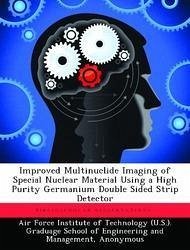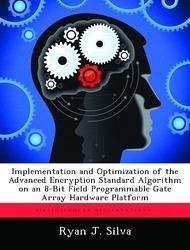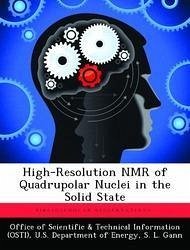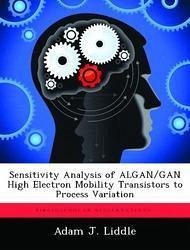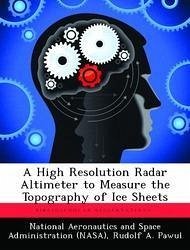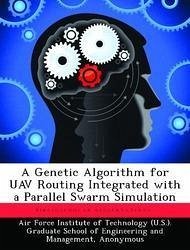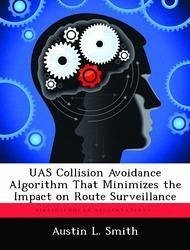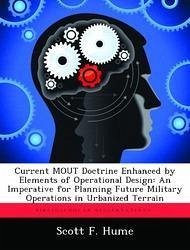Nicht lieferbar
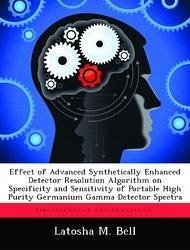
Effect of Advanced Synthetically Enhanced Detector Resolution Algorithm on Specificity and Sensitivity of Portable High Purity Germanium Gamma Detecto
Versandkostenfrei!
Nicht lieferbar
The ability to identify special nuclear material is one of the necessary prevention mechanisms for preventing proliferation of special nuclear materials. Additionally, if a nuclear event were to occur, information about the nuclear material used may be extracted from gamma spectra, provided it is obtained quickly and accurately. This can be made possible with the use of the exceptional resolution of the HPGe detector. This experiment applied the Advanced Synthetically Enhanced Detector Resolution Algorithm (ASEDRA) to a portable HPGe detector's spectra, to investigate whether improvements in s...
The ability to identify special nuclear material is one of the necessary prevention mechanisms for preventing proliferation of special nuclear materials. Additionally, if a nuclear event were to occur, information about the nuclear material used may be extracted from gamma spectra, provided it is obtained quickly and accurately. This can be made possible with the use of the exceptional resolution of the HPGe detector. This experiment applied the Advanced Synthetically Enhanced Detector Resolution Algorithm (ASEDRA) to a portable HPGe detector's spectra, to investigate whether improvements in specificity and sensitivity can be obtained. This method has been used to improve performance of NaI(Tl) spectra. In this work, measurements of Cd-109, Co-57, Eu-152, Sb-125, Eu-154, and Eu-155 spectra were used as ground truth gamma emissions. The HPGe spectra were analyzed using ASEDRA and ORTEC's Genie", a program used by many in the nuclear weapons community for spectroscopy. Genie" was used as a benchmark for comparison in this experiment. The number of positive and false positive peaks identified by each program was used for comparison, based on ground truth peaks, which are the thirty-one known peaks based on the sources used in the experiment. This work has been selected by scholars as being culturally important, and is part of the knowledge base of civilization as we know it. This work was reproduced from the original artifact, and remains as true to the original work as possible. Therefore, you will see the original copyright references, library stamps (as most of these works have been housed in our most important libraries around the world), and other notations in the work. This work is in the public domain in the United States of America, and possibly other nations. Within the United States, you may freely copy and distribute this work, as no entity (individual or corporate) has a copyright on the body of the work. As a reproduction of a historical artifact, this work may contain missing or blurred pages, poor pictures, errant marks, etc. Scholars believe, and we concur, that this work is important enough to be preserved, reproduced, and made generally available to the public. We appreciate your support of the preservation process, and thank you for being an important part of keeping this knowledge alive and relevant.




